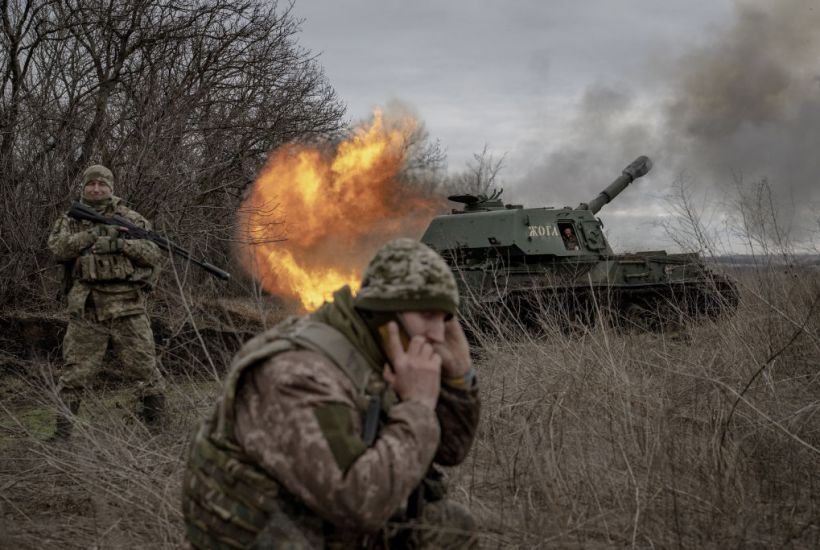On the morning of 16 March, Ukrainian drones struck multiple refineries in the Samara region of Russia, For more than a week, Ukrainian drones have targeted Russian oil infrastructure, particularly refineries. If the attacks become regular and continue indefinitely, they will impose significant costs on the Russian economy and military.
Ukraine is presenting Russia with the same air defence dilemma that Kyiv currently faces.
Already a subscriber? Log in
Subscribe for just $2 a week
Try a month of The Spectator Australia absolutely free and without commitment. Not only that but – if you choose to continue – you’ll pay just $2 a week for your first year.
- Unlimited access to spectator.com.au and app
- The weekly edition on the Spectator Australia app
- Spectator podcasts and newsletters
- Full access to spectator.co.uk
Or



















Comments
Don't miss out
Join the conversation with other Spectator Australia readers. Subscribe to leave a comment.
SUBSCRIBEAlready a subscriber? Log in